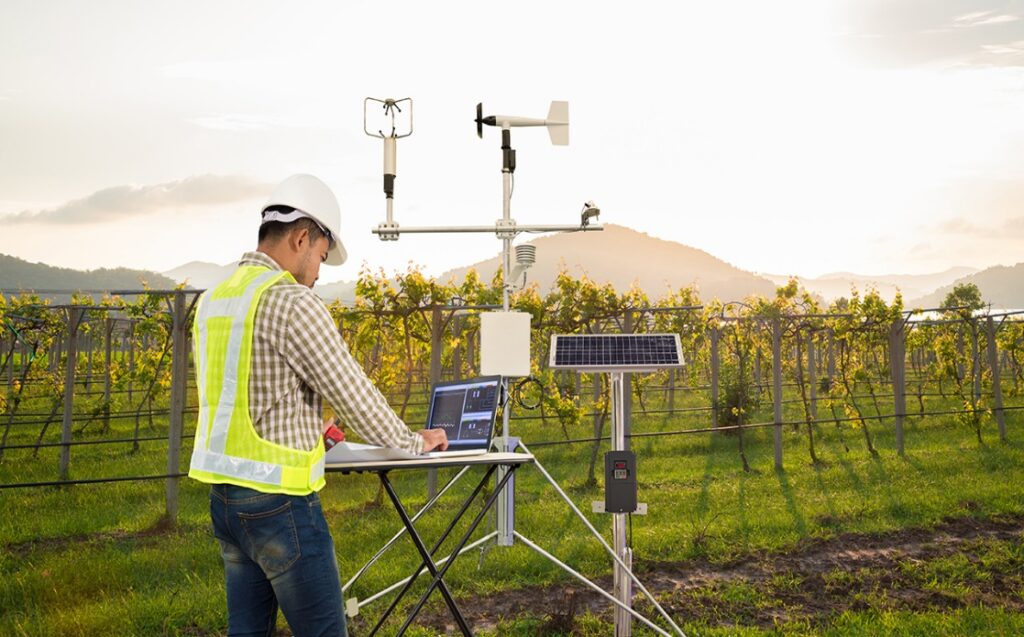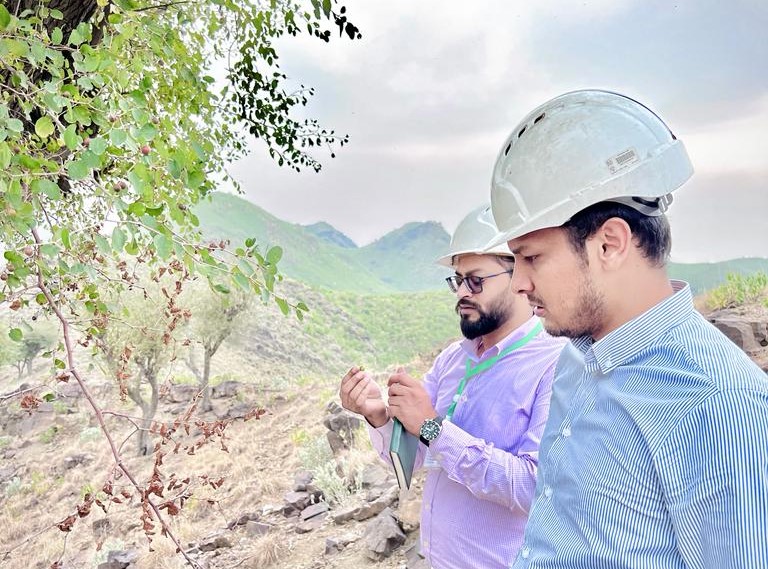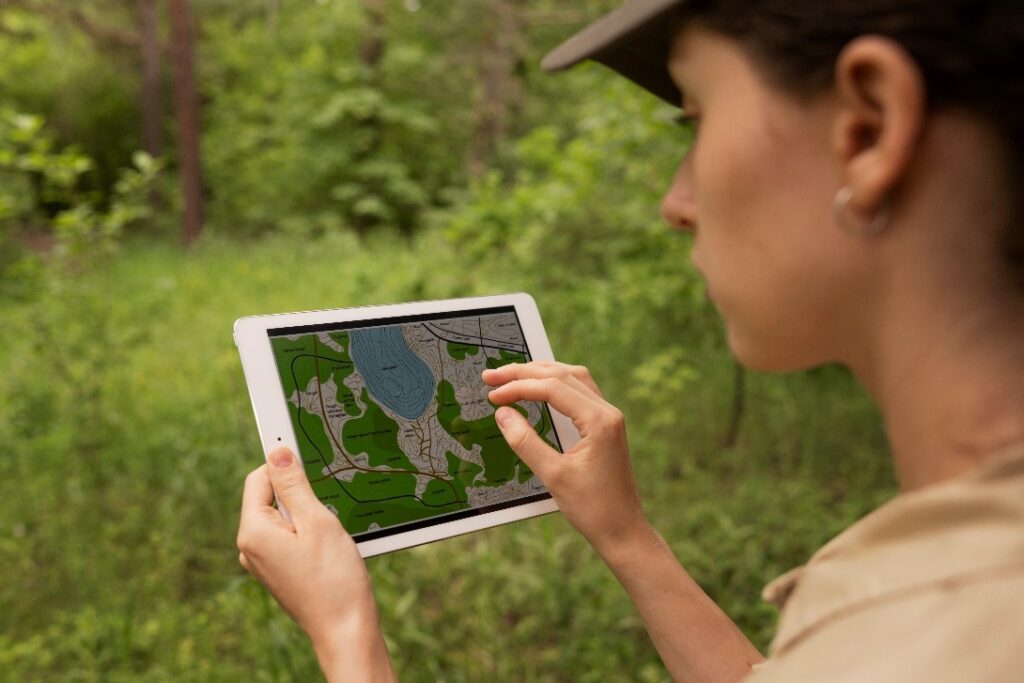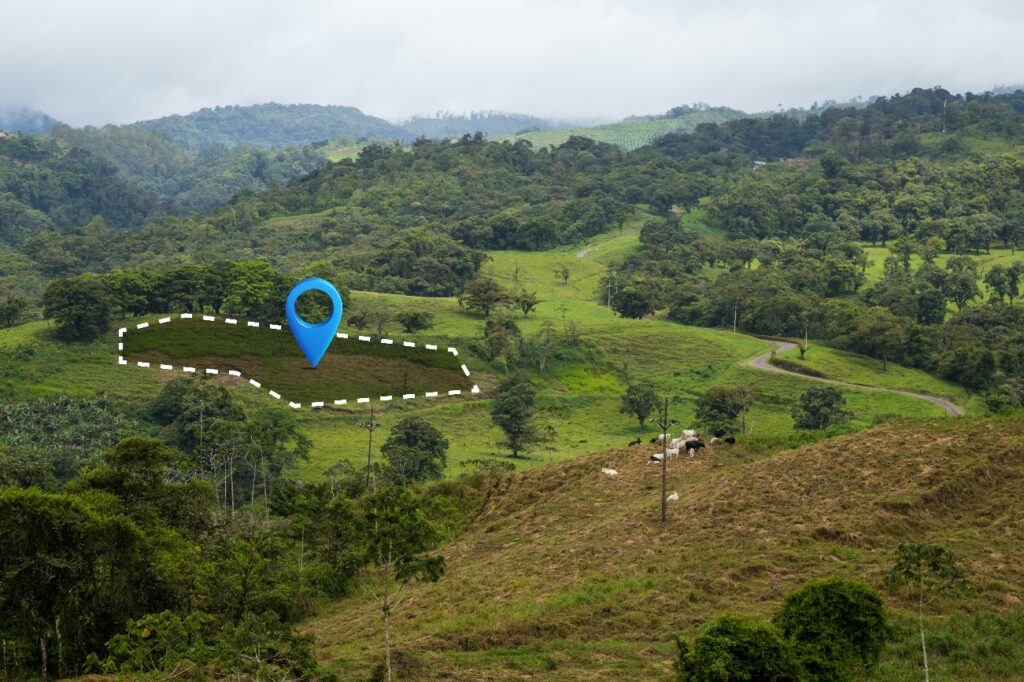Environmental monitoring services involve the systematic collection, analysis, and interpretation of data related to various aspects of the environment such as Ambient Air, Noise, Water & Soil. These services are essential for assessing environmental conditions, tracking changes overtime, identifying trends, and informing decision-making processes aimed at protecting natural resources and human health. Here are some key components of environmental monitoring services:


Air Quality Monitoring:
Monitoring air quality involves measuring concentrations of pollutants such as particulate matter, nitrogen oxides, sulfur dioxide, carbon monoxide, ozone, volatile organic compounds etc. This helps assess the impact of industrial activities, transportation, and other sources on air quality and human health.
Water Quality Monitoring:
Water quality monitoring involves analyzing physical, chemical, and biological characteristics of water such as industrial effluent, rivers, lakes, streams, and groundwater. Parameters measured may include pH, temperature, dissolved oxygen, turbidity, nutrient levels, heavy metals, and microbial contaminants. Monitoring water quality helps ensure the safety of drinking water, protect aquatic ecosystems, and identify sources of pollution.


Soil Quality Monitoring:
Soil quality monitoring assesses soil health and fertility, as well as the presence of contaminants such as heavy metals, pesticides, and industrial pollutants. Monitoring soil quality is crucial for sustainable agriculture, land use planning, and remediation of contaminated sites.
Ecological Monitoring:
Ecological monitoring involves studying plant and animal populations, biodiversity, and ecosystem dynamics in natural habitats. It helps assess the health of ecosystems, track changes in species distributions and abundance, and identify potential threats such as habitat loss, invasive species, and climate change impacts.


Weather and Climate Monitoring:
Weather and climate monitoring involves collecting data on temperature, precipitation, humidity, wind speed, and other meteorological parameters. Monitoring weather and climate patterns helps understand long-term trends, predict extreme events, and assess the impact of climate change on ecosystems, agriculture, and human communities.
Noise and Vibration Monitoring:
Monitoring noise and vibration levels helps assess their impact on human health, wildlife, and communities. It involves measuring noise pollution from sources such as industrial activities, transportation, construction, and urban development.


Remote Sensing and GIS (Geographic Information Systems):
Remote sensing technologies, such as satellite imagery and aerial surveys, are used to collect spatial data on land cover, vegetation, land use, and environmental changes over large geographic areas. GIS technology is used to analyze and visualize environmental data, identify spatial patterns, and support decision-making processes.
